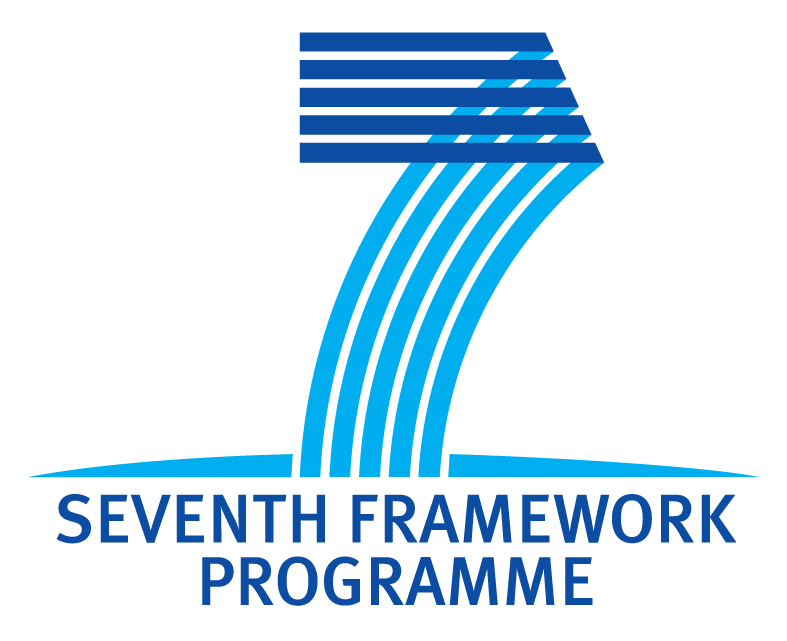Home
 |
 |
 |
CURRENT CADASTER NEWSLETTER, to read it click here
CADASTER WORKSHOP IN MUNICH, to learn more click here
Access QSPR-Thesaurus database go here
Apply for PhD positions at BIGCHEM ITN
About CADASTER
Implementation of REACH requires demonstration of the safe manufacture and use of chemicals. REACH aims to achieve a proper balance between societal, economic and environmental objectives, and attempts to efficiently use the scarce and scattered information available on the majority of substances. Thereupon REACH aims to reduce animal testing by optimized use of in silico and in vitro information on related compounds.
The REACH regulation advocates the use of non-animal testing methods, but guidance is needed on how these methods should be used. The procedures include alternative methods such as chemical and biological read-across, in vitro results, in vivo information on analogues, (Q)SARs, and exposure-based waiving. The concept of Intelligent Testing Strategies for regulatory endpoints has been outlined to facilitate the assessments. Intensive efforts are needed to translate the concept into a workable, consensually acceptable, and scientifically sound strategy.
CADASTER aims at providing the practical guidance to integrated risk assessment by carrying out a full hazard and risk assessment for chemicals belonging to four compound classes. A Decision Support System (DSS) will be developed that will be updated on a regular basis in order to accommodate and integrate the alternative methods mentioned above. Operational procedures will be developed, tested, and disseminated that guide a transparent evaluation of four classes of emerging chemicals, explicitly taking account of variability and uncertainty in data and in models. QSAR models will be developed and validated, also externally, according to the OECD principles for the validation of QSAR. The prediction of data for chemicals of the four selected classes, belonging to the applicability domain of the developed models, will be used for hazard and risk assessment, when experimental data are lacking. The main goal is to exemplify the integration of information, models and strategies for carrying out safety-, hazard- and risk assessments for large numbers of substances. Real risk estimates will be delivered according to the basic philosophy of REACH of minimizing animal testing, costs, and time. CADASTER will show how to increase the use of non-testing information for regulatory decision whilst meeting the main challenge of quantifying and reducing uncertainty.
FP7-funded project, start: 2009-01-01 and end: 2012-12-31